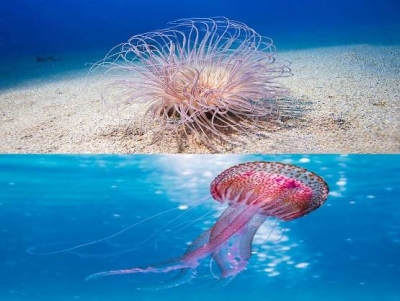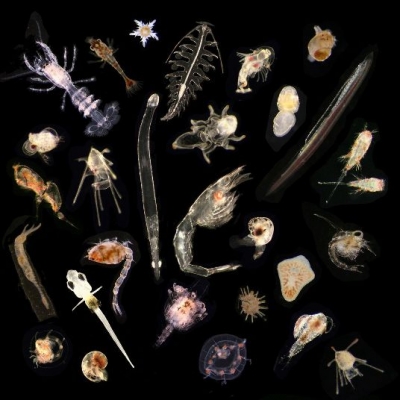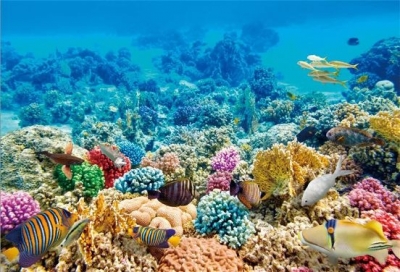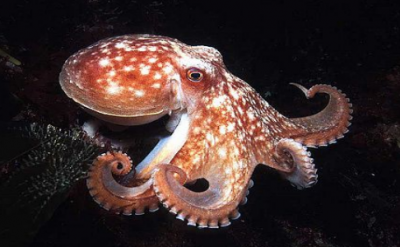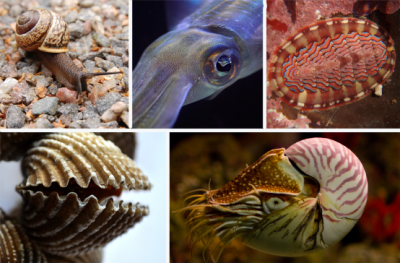
Meet the Arthropods
What’s an eight-legged creature that catches other animals in a trap? A spider! What six-legged jumping animal has ears on its sides? A grasshopper! What’s a ten-legged tunnel builder? A crayfish!
The world is full of these many-legged creatures called arthropods. An arthropod’s body is divided into several sections. Each section is covered with an outer shell. Arthropods have no skeleton inside their bodies, but their hard shell protects them. Large arthropods, such as crabs and lobsters, have a thick, heavy shell. Small, flying arthropods like bees and butterflies have a much lighter covering.
Arthropods live everywhere—jungles, deserts, oceans, caves, mountaintops, and in your own garden. You can watch them creep, crawl, and fly all summer long. If it has many legs and its body is divided into several sections, it’s an arthropod.


